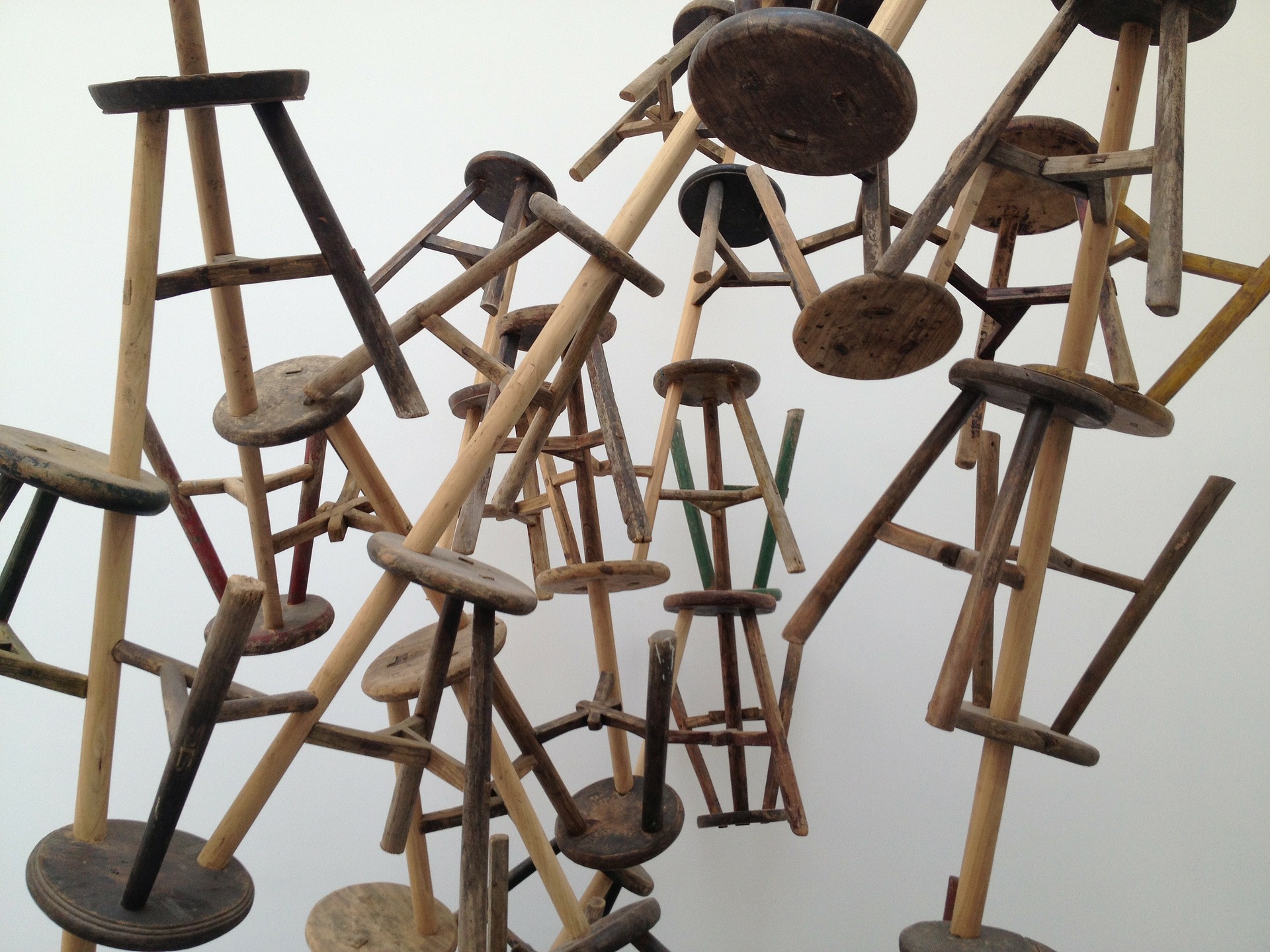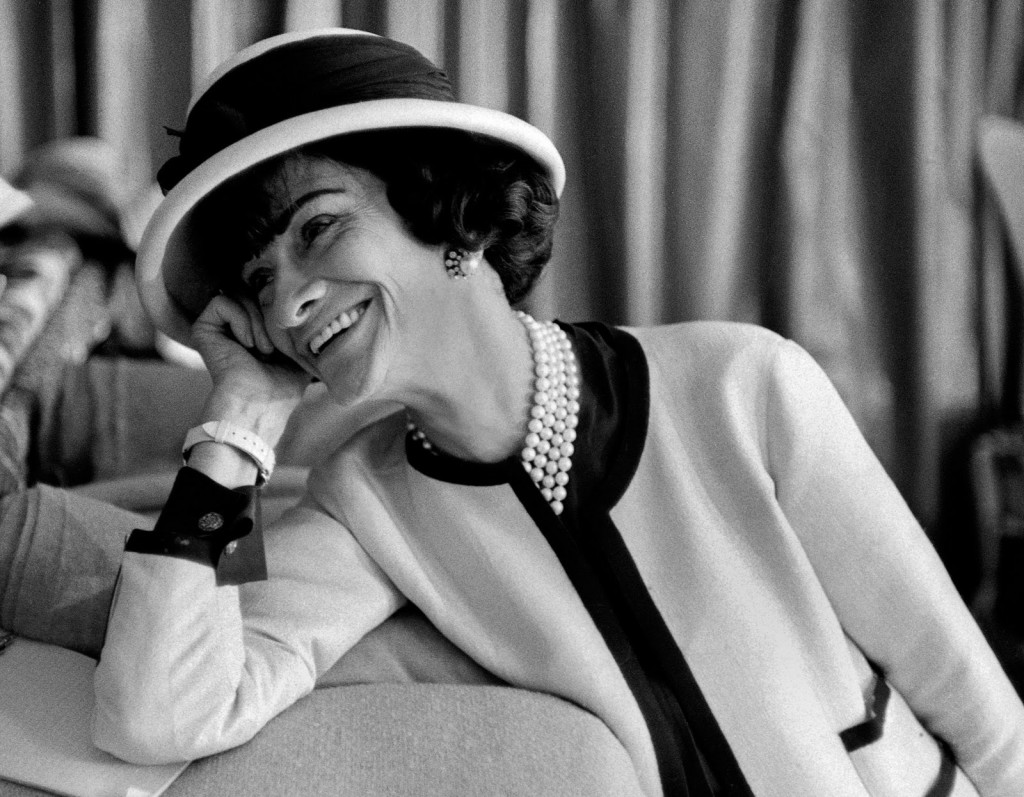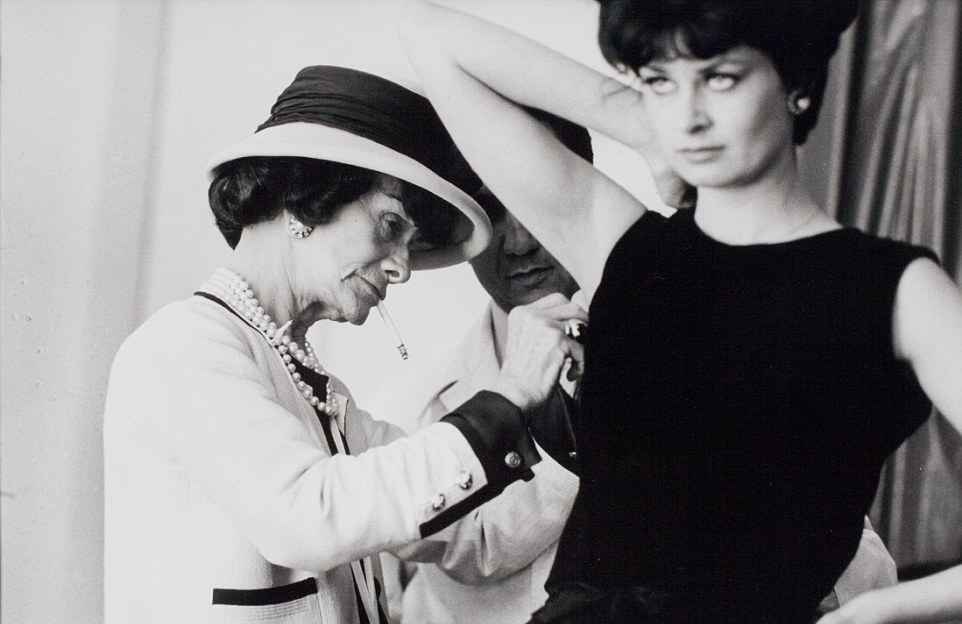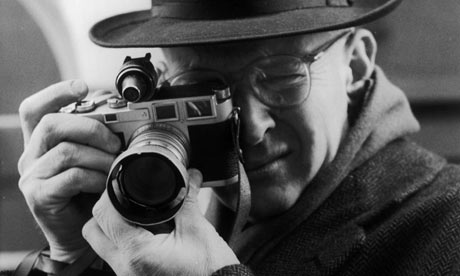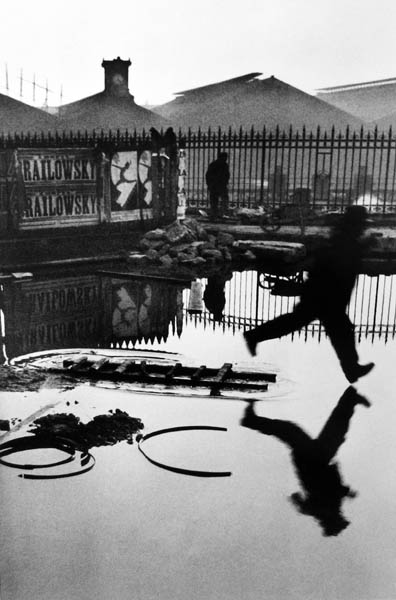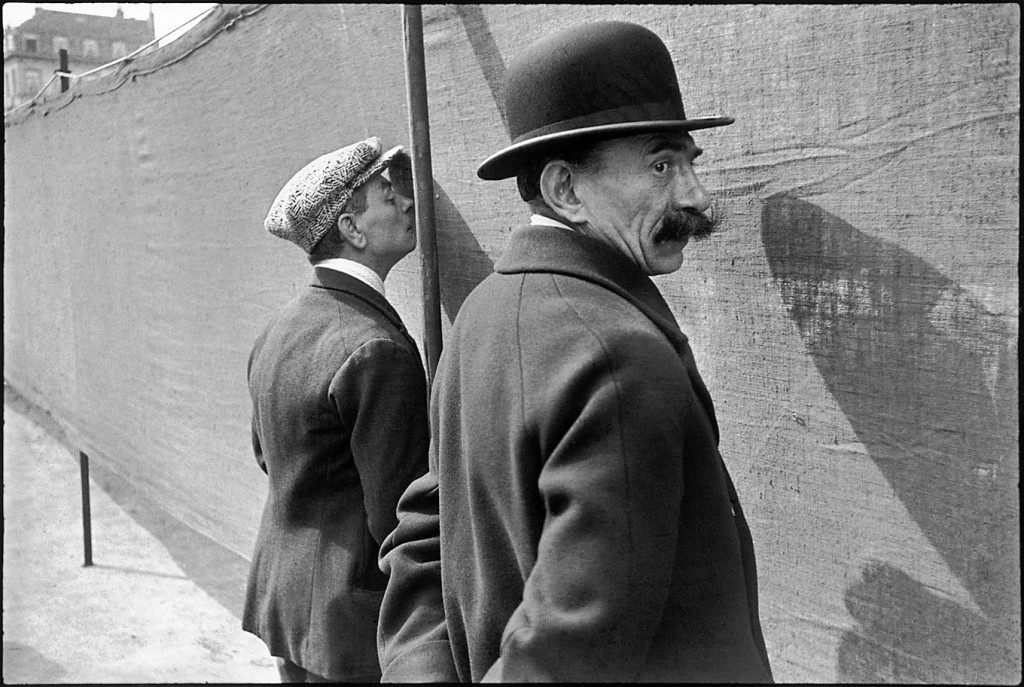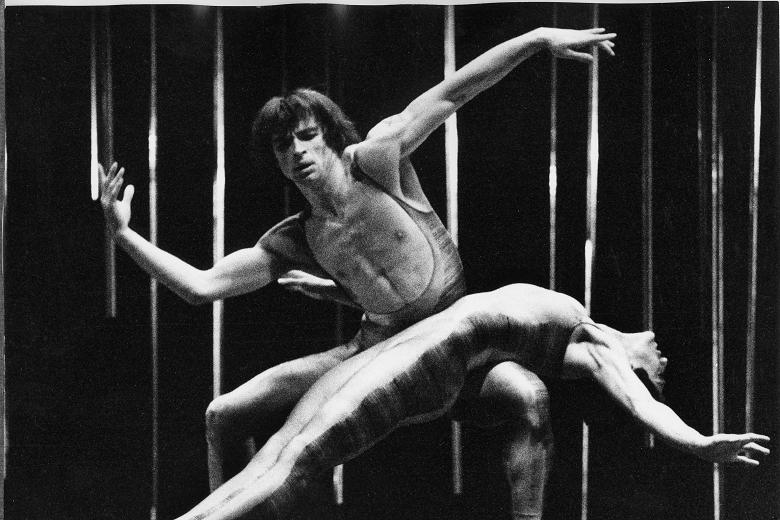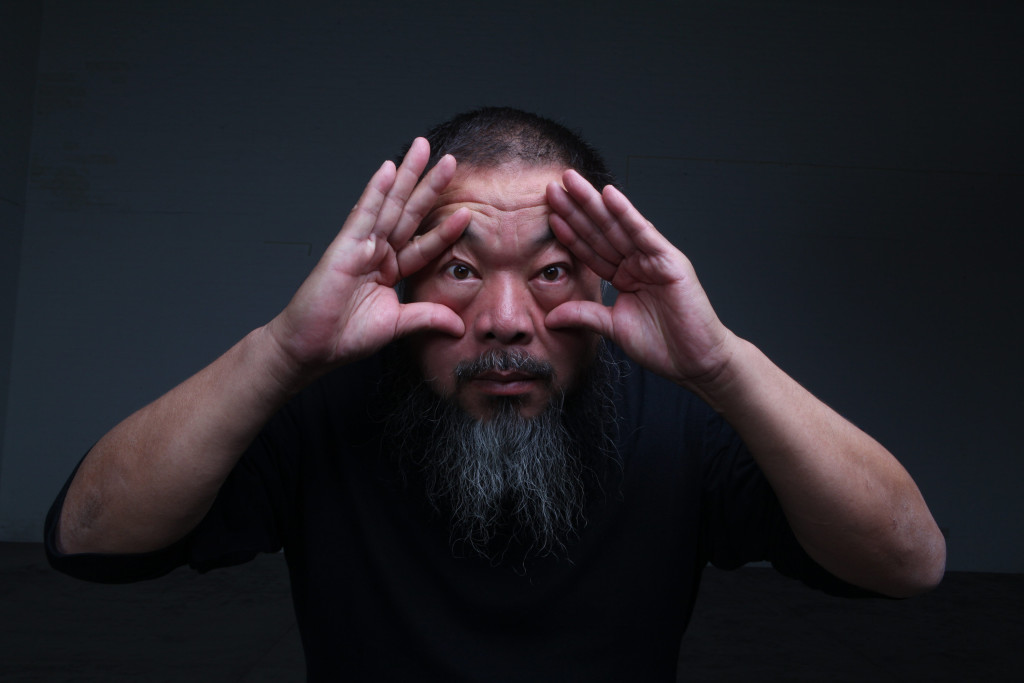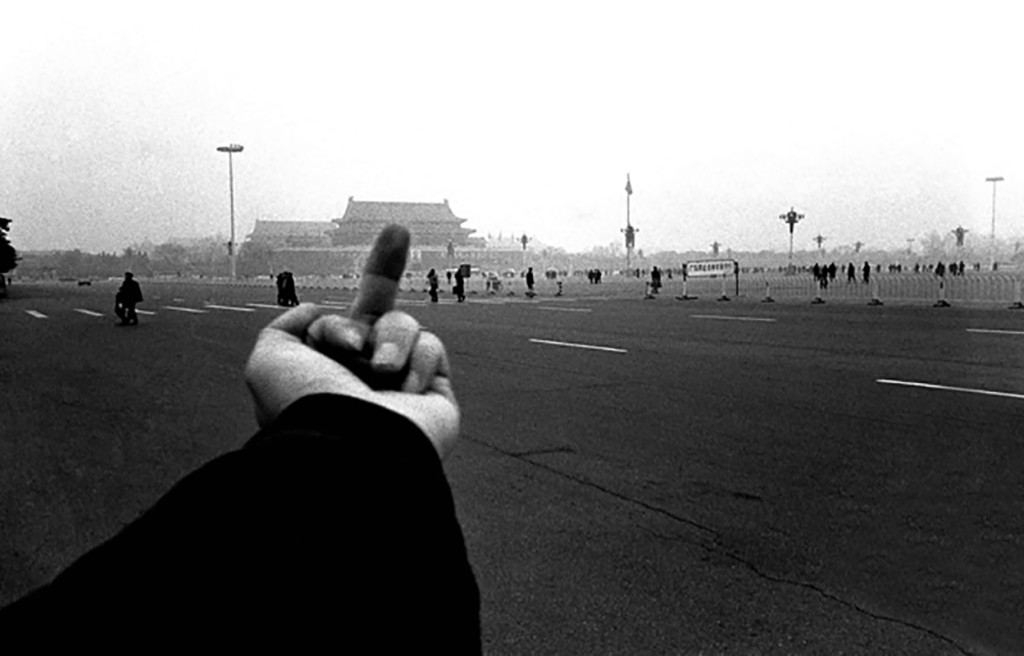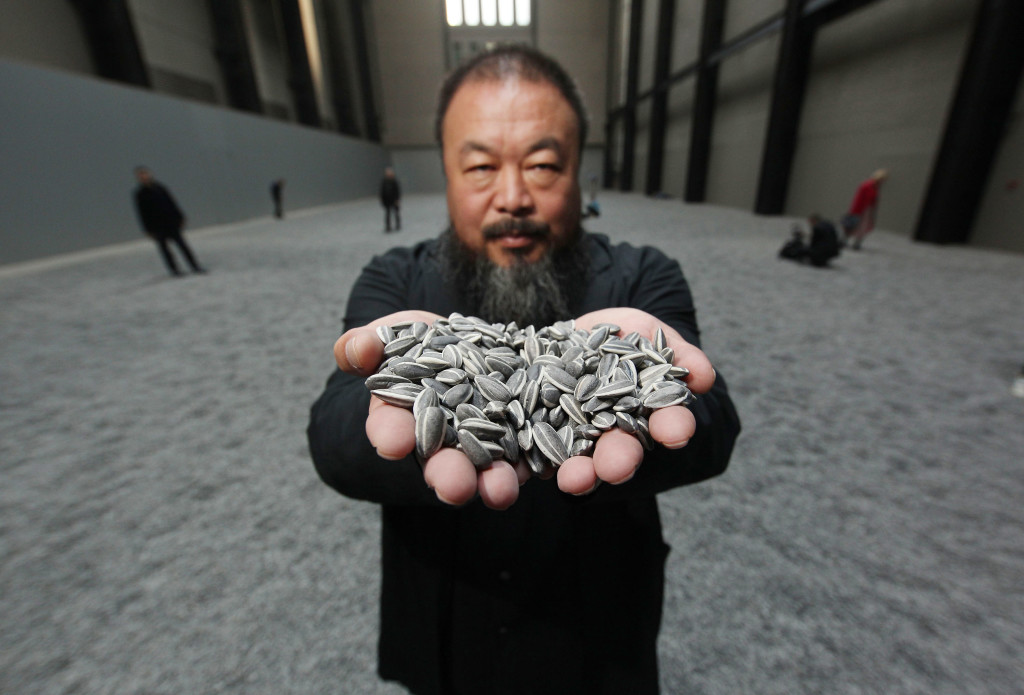Cinque tra i più grandi artisti del Novecento, cinque storie di successo che hanno fatto dell’arte uno stile di vita. Arte come sfumatura dell’essere.
Rivoluzione è il comune denominatore di questi cinque artisti, perché grazie al loro contributo nulla sarà più come prima. Moda, fotografia, pittura, danza e design diventano così l’espressione più sublime dell’essenzialità. Cinque vite indimenticabili, che hanno innovato per sempre il concetto di arte. E per riuscirci hanno avuto coraggio, il coraggio di essere se stessi.
[irp posts=”4343″ name=”Storie di Successo, 3 giovani che stanno cambiando la Moda”]
Coco Chanel
Ha rivoluzionato la moda femminile. Inizia la sua carriera realizzando cappellini e intorno agli anni ’20, nella sua boutique al 31 Rue Cambon di Parigi, compaiono anche i primi capi di vestiario. Lo stile Chanel si delinea ancor più conl’uso del jersey, materiale precedentemente impiegato solo per creare biancheria. Nasce così il nuovo modello femminile, la donna del 1900 che si affaccia al mondo del lavoro con classe ed eleganza. Coco cuce addosso alle donne lo stile maschile con la maestria dell’essenziale. Introduce i tailleur , con giacca e pantalone, negli armadi delle donne. Ha dissacrato la Belle Epoque con il suo stile prepotentemente innovativo e simbolo dell’emancipazione femminile.
Henri Cartier-Bresson
E’ stato ‘l’occhio del secolo’. Pioniere del fotogiornalismo, compra la sua prima Leica 52 mm di ritorno da un viaggio in Costa d’Avorio. Immortalare la realtà diventa il suo credo, cogliere l’attimo è il requisito fondamentale del suo modo di fare arte. I suoi scatti riescono sempre a cogliere un’emozione, grazie all’abilità di immergersi completamente nel contesto da riprendere. Questo artista fa della fotografia una filosofia di vita e allora tecnica e regole vengono dopo. La fotografia non è solo uno scatto effettuato tramite una macchina, è qualcosa che va molto oltre l’obiettivo. Per dirlo con le sue parole “ è mettere sulla stessa linea di mira la testa, l’occhio e il cuore.
Fondazione Henri Cartier-Bresson
Andy Warhol
Domina il panorama della Pop Art americana. La sua esperienza matura nel campo della grafica pubblicitaria e del disegno industriale. Per i primi dipinti del 1960 attinge dai fumetti e dai prodotti di largo consumo, senza lasciarsi scappare star del cinema e volti della politica. Con l’ausilio della stampa serigrafica, l’immagine viene ripetuta, spesso cambiando solo il colore dello sfondo. Definirlo artista potrebbe essere riduttivo: Warhol ha smitizzato l’arte, l’ha svestita di quell’alone aureo e l’ha portata al livello delle persone comuni, rappresentando la quotidianità. Un mito, un genio artistico in tutto e per tutto, che ha saputo identificare se stesso e la sua arte con i valori e i disvalori della società dei consumi.
The Andy Warhol Foundation for the Visual Arts
Rudolf Nureyev
E’ stato il più grande danzatore del XX secolo. Si affaccia nel mondo della danza all’età di undici anni, studia presso la scuola di ballo del Teatro Kirov di Leningrado e dopo pochi anni è ammesso in compagnia. Dal 1961 calcherà i palcoscenici più famosi al mondo. Ha lasciato il segno anche fuori dalle scene, icona di talento e bellezza ma anche personalità ribelle, anticonformista e sregolata. In piena Guerra Fredda, preferì la defezione alle imposizioni del regime sovietico. Da coreografo ha dato una svolta epocale alla danza classica valorizzando i ruoli maschili e abbattendo il muro tra balletto e danza moderna. L’arte della danza si trasforma in esaltazione della forza: il ballerino non rappresenta più solo grazia e delicatezza ma impone la sua potenza, diventando un’artista completo.
Ai Weiwei
Artista e designer di Pechino, non lascia mai nulla al caso, ogni sua opera d’arte ha un significato preciso. In questo caso artista fa rima con attivista: l’arte diventa il mezzo della sua personale battaglia contro il governo cinese. Non ha mai avuto paura di rischiare, nemmeno dopo 81 giorni di detenzione nel 2011. Divulga la sua concezione del mondo attraverso le sue creazioni, ideate specialmente per l’impatto politico che produrranno. Ai mostra ciò che le autorità del suo Paese vogliono nascondere, e lo fa lasciando sempre tutti a bocca aperta. La storia della Cina è indissolubilmente legata alle sue opere, passato e presente si fondono in una personalità controversa, che non smette mai di raccontare la libertà, in tutte le sue forme e ad ogni costo.
[irp posts=”5174″ name=”Storie di successo – Cinque fotografi che rendono grande l’Italia”]
[divider]ENGLISH VERSION[/divider]
Five among the biggest artists in the XX century, five successful stories who made art a lifestyle. Art as a shade of the being.
Revolution is the common factor of these five artists; it’s because of them that nothing will be like before. Fashion, photography, painting, dancing and design become the most sublime expression of the essential. Five unforgettable lives who renewed forever the concept of art. And in order to do that, they had the courage of being themselves.
Coco Chanel
She revolutionized female fashion. She started her career making little hats and around the 20s in her boutique in Rue Cambon 31 in Paris the first clothing appeared. The Chanel style is characterized by the use of jersey, a material that had previously been used only to make undergarments. The new female fashion was born, the XX century woman who enters in the business world with class and elegance. Coco sews on the women the male style with the mastery of the essential. She introduced suits in women closets. She desecrated the belle époque with her innovative style, the female emancipation symbol.
Henri Cartier-Bresson
He was the “eye of the century”. Photojournalism pioneer, he bought his first Leica 52mm coming back from a travel in the Ivory Coast. He wanted to capture reality, seizing the day was his first condition of his way of doing art. His shots can really capture an emotion thanks to the ability of being part of the context. This artist makes photography a philosophy of life, with technic and rules coming after. Photography is not only a shot made with a, it’s something that goes really beyond the lens. According to his words “it is to put on the same line of sight the head, the eye and the heart”.
Andy Warhol
He is the leader of the American pop art background. He matured his experience in the advertising graphic and industrial design. For the first paintings of 1960 comics and commodity products, without letting go movie stars and politicians, inspired him. With the help of silkscreen printing the image is repeated, often changing only the color of the back. It could be reductive to consider him artist: Wahrol overcame art, he undressed it of that golden halo and he took it to the level of common people representing daily life. A legend, a genius that was able to identify himself and his art with the consumer society values and negative values.
Rudolf Nureyev
He was the biggest dancer in the XX century. He becomes part of the world of dance at 11 years old, he studied in the Kirov Theatre ballet school in Leningrad and after few years he becomes part of the company. From 1961 he trod the most famous boards in the world.
He left his sign even outside the scenes, a talent and beauty icon but also a rebel, nonconformist and profligate personality. In the middle of the Cold war, he preferred defection to the impositions of the soviet regime.
As a choreographer, he brought a breaktrough in the ballet scene giving more value to the male roles and breaking the wall between ballet and modern dance. The art of dance transforms itself in a celebration of power: the dancer doesn’t only represent grace and elegance but he also imposes his power becoming a complete artist.
Ai Weiwei
Artist and designer from Beijing, he leaves nothing to chance, every work of art has a precise meaning. In this case artist rhymes with activist: art becomes the means of his personal battle against the Chinese government. He was never afraid to risk, not even after 81 days of detention in 2011. He spreads his conception of the world trough his creations that have been created especially for the political impact they produced. Ai shows what the country authorities want to hide, and he does it leaving everybody speechless. The history of china is absolutely related to his works, past and present mix together in a controversial personality who never stops talking about freedom, in all its forms and at any cost.
Traduzione a cura di Francesco Campagna

